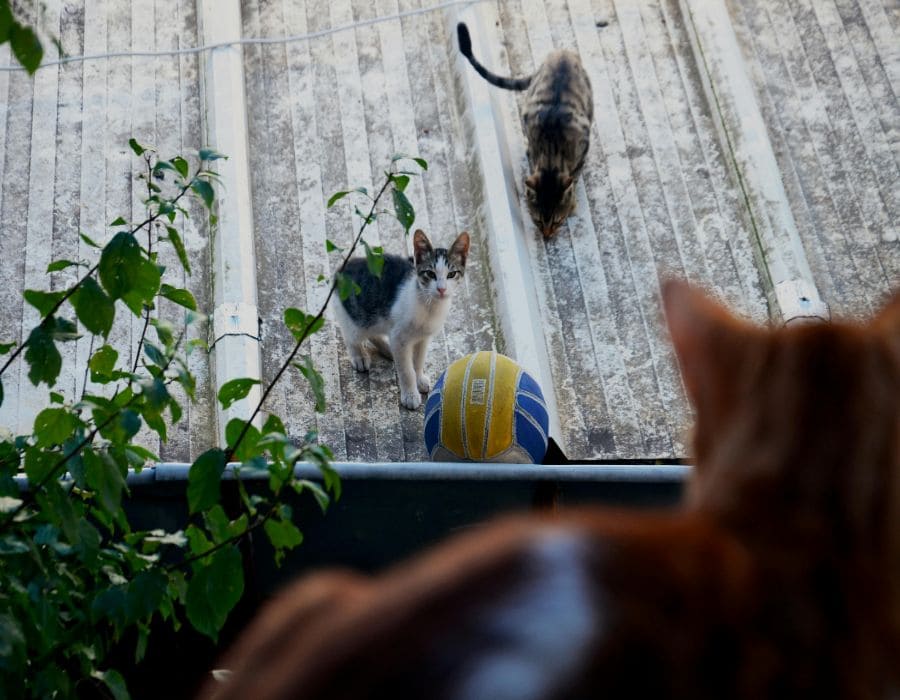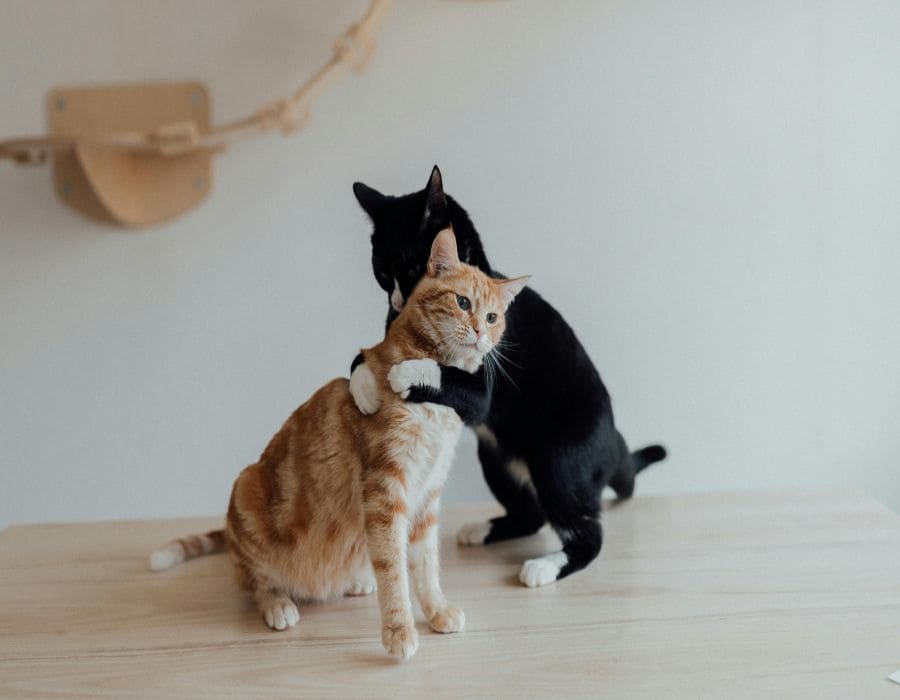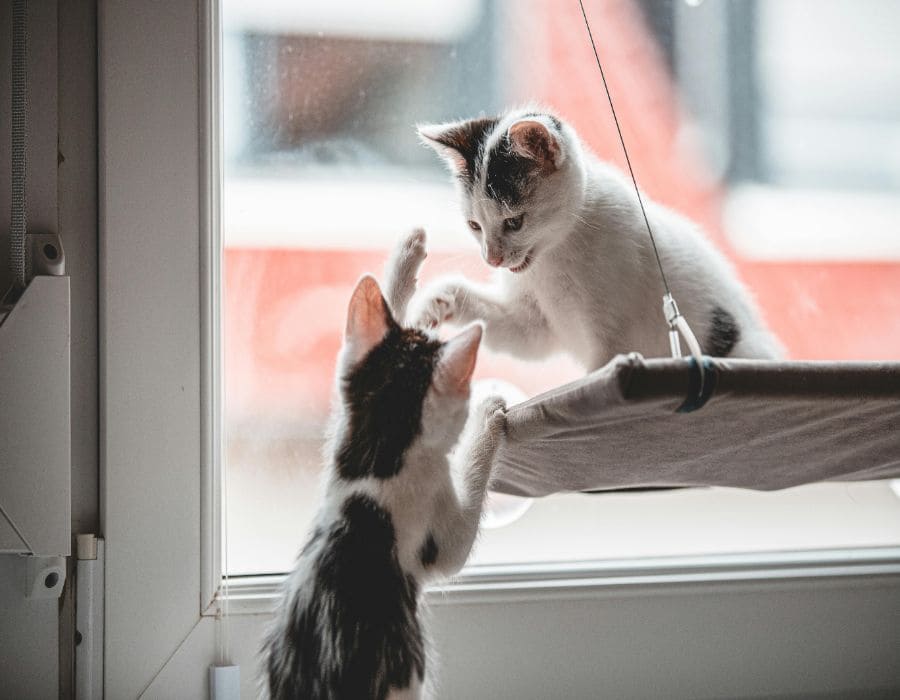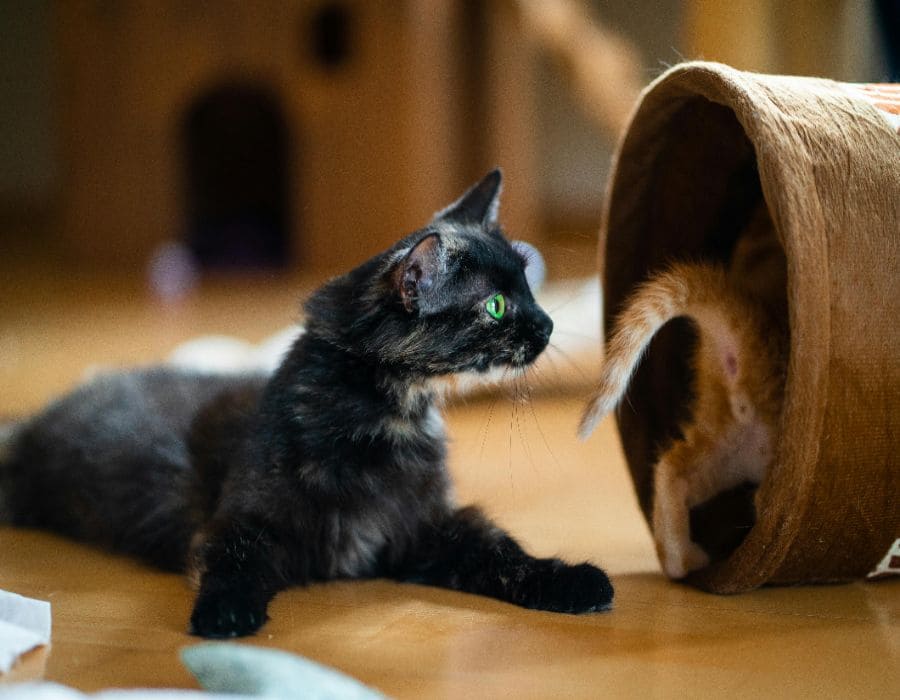How To Introduce a New Cat to Your Home
Introducing a new cat to your home can be an exciting but challenging process, especially if you already have other pets. It’s important to go about it gradually to ensure everyone gets along well and feels comfortable. By following a thoughtful plan, you’ll help both your new and current cat adjust without causing stress.
Every cat has its own personality, and the introduction process should be tailored to your pets’ unique needs. Patience, understanding, and preparation are key. Here are 10 essential tips to help your new cat feel welcome and ensure a smooth transition.
Prepare a Separate Space

Before bringing the new cat into your home, set up a quiet space for them to acclimate. This should include essentials like food, water, a litter box, and a bed. It helps them feel safe and secure in their new environment.
Allow for Gradual Introduction

Don’t rush the introduction process. Start by keeping the new cat in a separate room and allow them to get used to the sounds and smells of the household. Gradual exposure reduces stress for both the new and existing cat.
Use a Scent Swap

To begin familiarizing the cats with each other, swap bedding or rub a cloth on each cat and place it with the other. This allows both cats to get used to each other’s scent before meeting face-to-face.
Controlled Visual Introductions

After a few days, let them see each other through a cracked door or a baby gate. This gives them the chance to observe each other without direct contact, helping them build familiarity and confidence.
Supervised Meetings

When they seem comfortable with the visual introductions, allow them to meet face-to-face in a controlled environment. Keep the meetings short and calm. Watch their body language closely to ensure there’s no aggression.
Positive Reinforcement

Reward both cats with treats and praise after each successful interaction. Positive reinforcement creates positive associations with each other’s presence and encourages friendly behavior. This helps to reinforce good behavior during the introduction process.
Monitor Their Body Language

Watch for signs of aggression or anxiety, such as hissing, growling, or swatting. If either cat exhibits negative behavior, separate them and allow more time for gradual introductions. Patience is key to reducing conflict.
Maintain Routine for Existing Cat

Your current cat may feel threatened by the new addition. Stick to their usual feeding, play, and grooming routine to provide stability. This can help reduce anxiety and prevent jealousy toward the newcomer.
Keep the New Cat Indoors

For the safety of both cats, keep the new cat indoors during the transition period. Outdoor exploration should only happen once both cats are comfortable with each other and have formed a positive relationship.
Give Them Time

It may take time for both cats to adjust and develop a bond. Don’t expect instant friendship. Allow them their space and time to adjust at their own pace, and be patient with the process.
Final Thoughts

Introducing a new cat to your home requires patience, understanding, and careful planning. By gradually introducing them to each other, using positive reinforcement, and maintaining a calm environment, your new and existing cat will soon feel at ease in their shared space.







